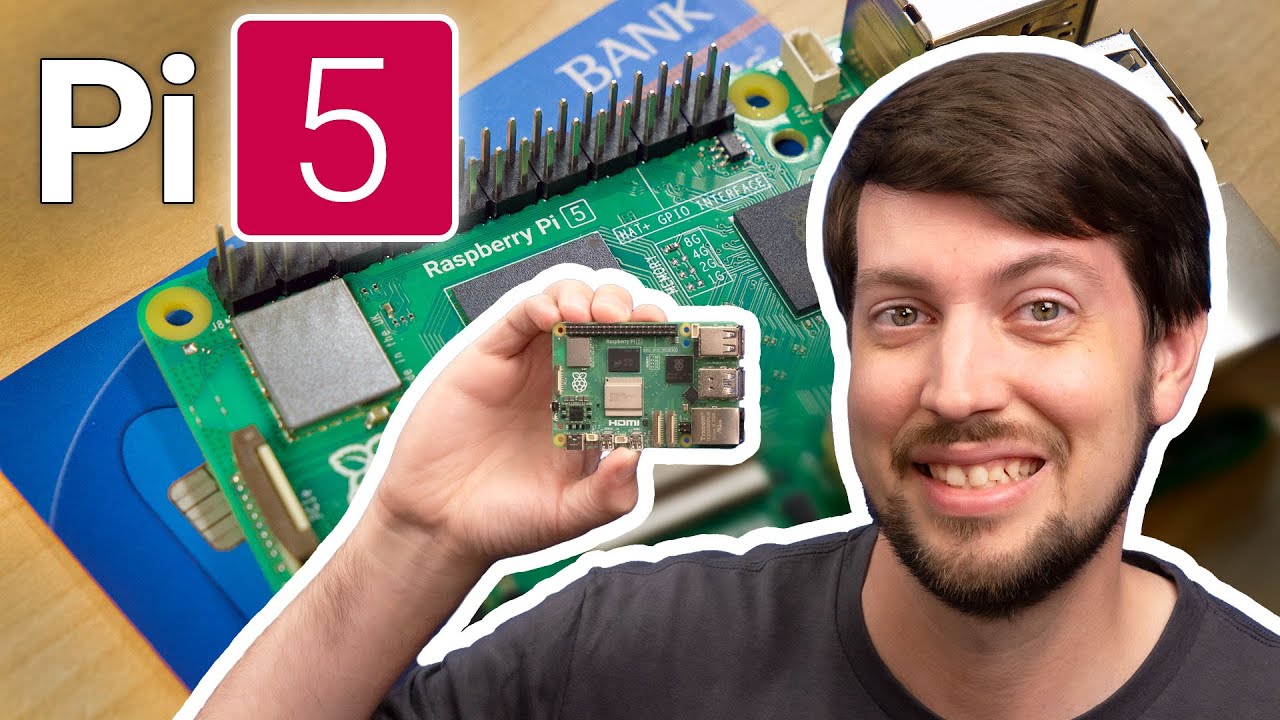My short unexciting story of replacing 2 power bricks with PoE:
I recently bought a D-Link DGS-1210-10P rev. B1 switch from ~2014 for $50. It has an 76W PoE power budget and supports up to PoE 802.3at (~25W).
(On the switch, OpenWrt is supported from rev. F1 - don’t be stupid like me with the rev. B1)
I had some PoE-compliant devices in my homelab that I was powering with ordinary power bricks, but now that I got my switch, that had to change.
In total I was able to remove two power bricks:
- My MikroTik RB5009 UG+S has a 802.3af PoE-in on eth1, so I removed its power brick and powered it with PoE instead
- My UniFi AP 6 Lite supports 802.3af PoE-in, so I removed the unifi poe injector that I had and powered it directly from the switch
My homelab is rather small, so the only two remaining devices which I could swap are:
- RPI 4 with 2 SSDs - there are official PoE HATs, but you can also buy a shady PoE to USB-C + Ethernet splitter too - https://aliexpress.com/item/1005005764965215.html
- ISP router changed into bridge mode, so it works as a modem only - you can also use a PoE splitter to power it, like this guy (bing cached version of reddit post). My ISP’s one uses a 12V 2.5A power brick, while the splitters 802.3at splitters are just 12V 2A, so I’ll probably won’t do it
















fp5 doesnt have headphone jack, every thread the jack jihadists cry about it even though fp explained it’s design-wise convenient for them to move that to the usb-c port